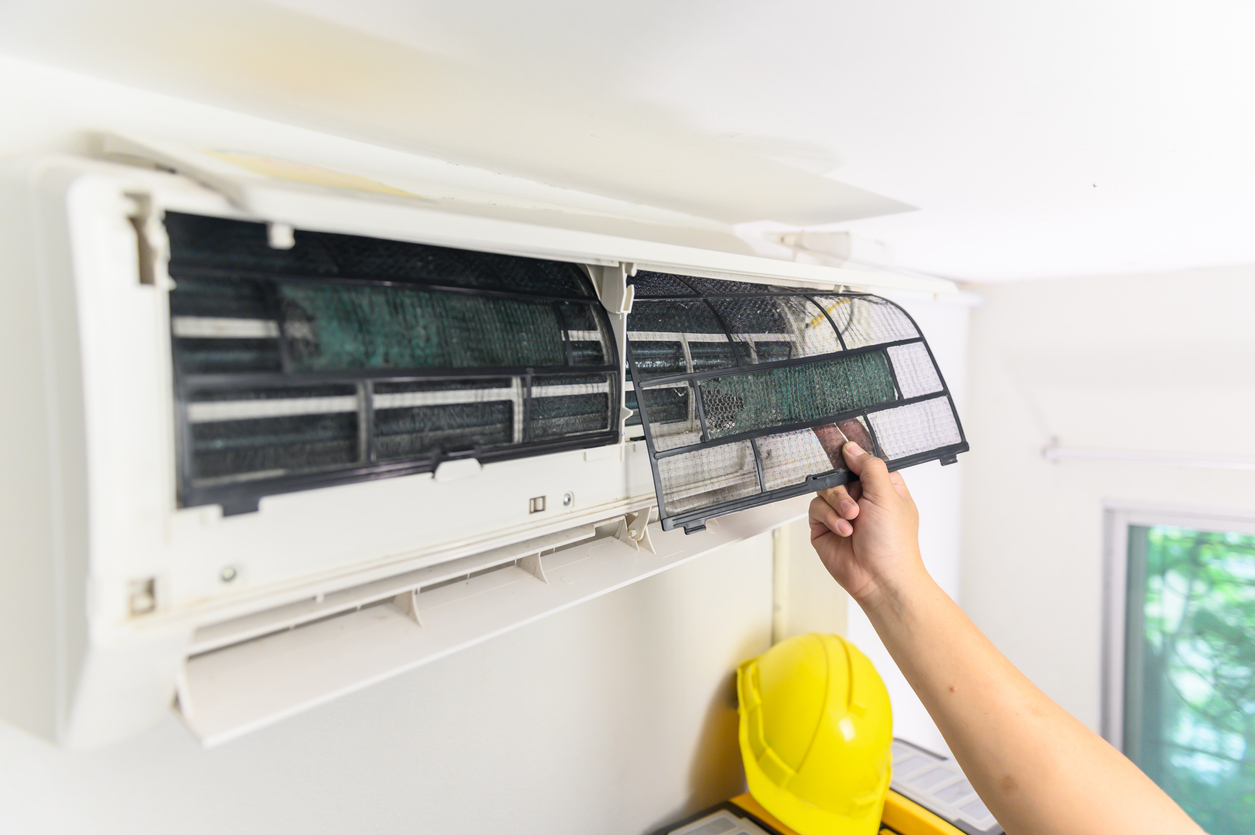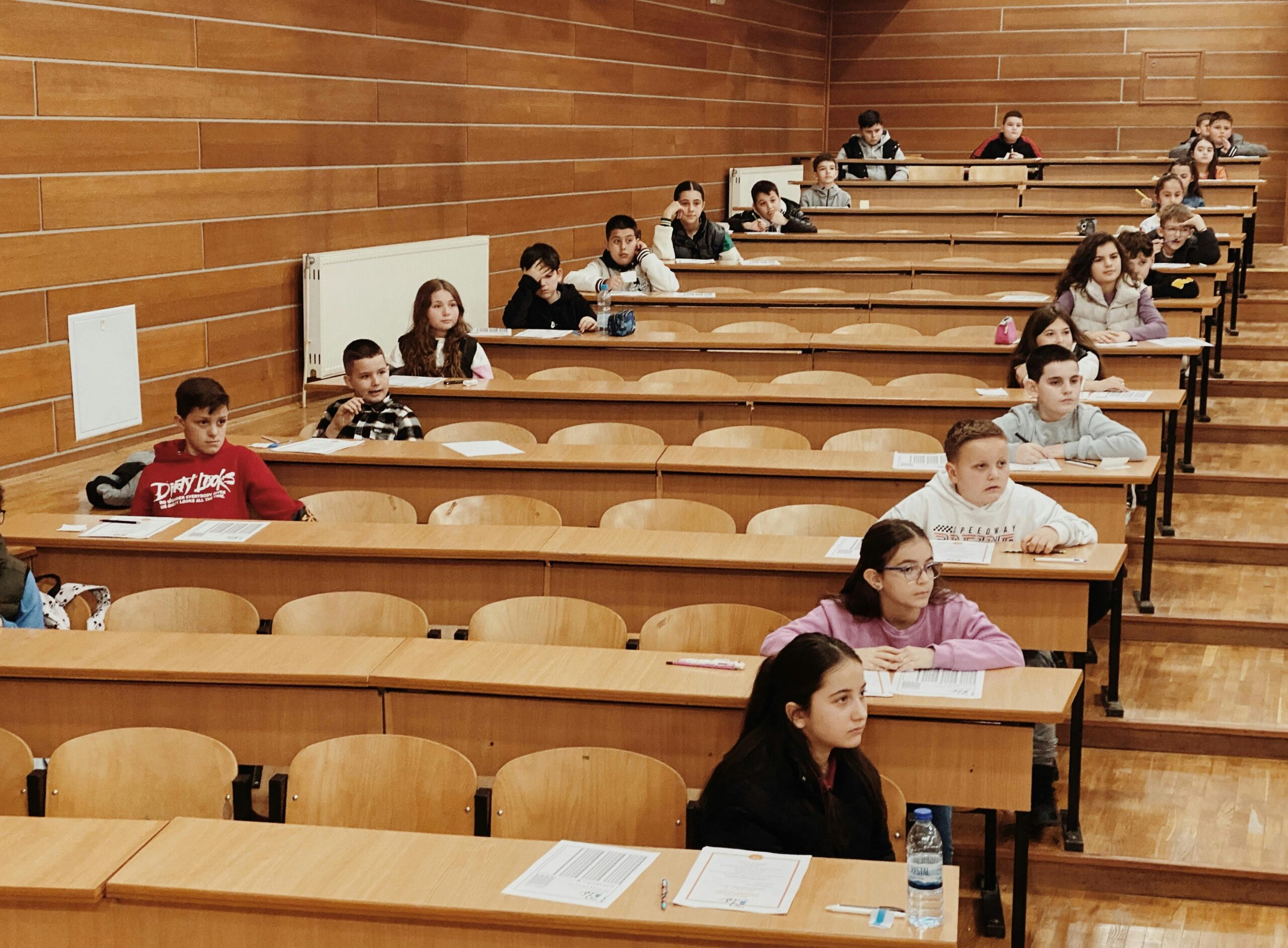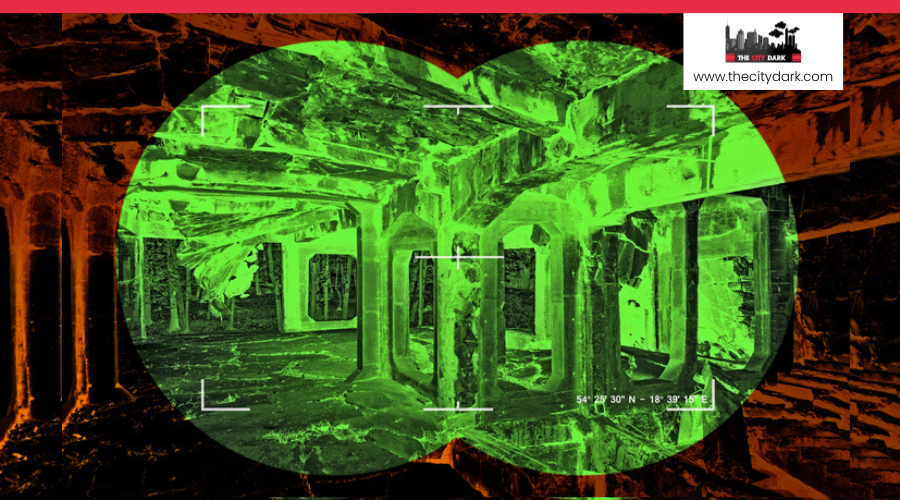How PIV Systems Improve Indoor Air Quality and Reduce Moisture

Positive Input Ventilation (PIV) systems are a contemporary, energy-conscious innovation intended to enhance the quality of internal air in dwellings and monitor moisture in buildings. Such systems are now quite widespread especially in homes where issues of dampness, condensation, and inadequate indoor air quality is persistent. PIV system allows fresh and filtered air to be supplied into homes continuously, thus making the home healthier in addition to the following benefits.
How PIV Systems Work
PIV systems work through the passage of fresh air into a building and then pass it through a series of filters to remove items such as dust, pollen and the rest of the particles in the air. This filtered air is then gently supplied into the home, normally through a terminal which is placed in the loft or in the ceiling along the hallway. These are fresh air, which flows into the living spaces create a positive pressure which forces the moist and humid air out through the cracks, vents or spaces such as between doors and windows.
Through this process of air displacement, removes different indoor pollutants, control of moisture, and generally improve the indoor air quality of a home. PIV systems also work to keep air fresh by providing fresh air that has not been in the house for a long time, thus aiding in the regulation of indoor temperatures in the house and hence acts as a heat regulator so as to make the home warm and cozy and possibly save on heating costs.
Key Benefits of PIV Systems
Enhanced Air Quality: Probably the greatest advantage of utilizing a PIV system is the fact that it tend to enhance the quality of indoor air on a continuous basis. These systems work to constantly circulate fresh filtered air in the home and hence decrease the levels of indoor pollutants, allergens and foul smells. This is especially essential for people who have respiratory problems or dust allergies or those who may have developed sensitivity to some of the irritants that are usually found indoors.
Reduction of Condensation and Mold: Water present in homes in large amounts cause formation of water droplets on the windows and walls and are, therefore, breeding places for molds and mildews. PIV systems also assist in minimizing this problem, by blowing fresh, dry air out and replacing it with the moist air. Through this process, it minimizes the risks that make it possible for formation of molds hence enhancing the health of the living environment.
Energy Efficiency: PIV systems are known to have a low energy consumption characteristic. They assist in regulating the fluctuations of indoor temperatures and consequently they help to balance the load on heating equipments will thus leading to energy saving and therefore less energy cost. Further, the constant movement of fresh air also helps in controlling build-up of heat in summer months eliminating the need for air conditioning apperatus.
Quiet and Discreet Operation: Newer PIV systems are designed to operate quietly so that you won’t be disturbed by noise coming from your house. They are normally concealed from the occupants and include lofts, and once put in place do not demand much servicing. Thus, they make perfect sense and do not impose themselves on the environment as an air improvement system.
Health Benefits: Thereby PIV Systems help in creating a healthier indoor environment by controlling the amount of allergens, mold spores and pollutants. This can results in low incidence of respiratory diseases, less incidence of reaction with irritants such as dust, and general well being of members of the households occupying the dwelling.
Considerations Before Installing a PIV System
Property Suitability: Although there are many kinds of PIV systems, the most appropriate for many homes are the types of system which have a main unit sited in the loft space, which is common in many properties. There will be other strategies for houses that don’t have a loft space, or those structures that have different sections. There is therefore a need to evaluate the feasibility of installing a PIV system in your property.
Existing Ventilation: Therefore, if your home is already properly ventilated, for example through the use of trickle vents, or mechanical ventilation system, then the use of PIV system may not be necessary. However, in the cases when natural ventilation is not enough, for example in old constructed houses, the use of the PIV system will allow for a noticeable improvement.
Installation Requirements: While using the PIV system it is advisable to seek professional help, primarily to make sure that all elements are installed properly to enable the system to work as intended and offer the expected benefits. An experienced installer therefore has the ability to go through your home and determine your particular ventilation needs, and thereafter advise you on which system will suit you best and how to get it installed.
Cost Considerations: PIV systems as an overall concept can be regarded as having relatively low costs in the long run because of their energy efficiency and the positive effects they have on people’s health; however, one has to invest money initially to acquire and install the system. This is a fixed cost that may be charged directly to the homeowner since it would be more economical in the long run to go for green building.
PIV systems provide an optimal strategy for enhancing indoor environment quality as well as preventing the accumulation of moisture in homes. It also reduces pollutants because they supply new, filtered air and, therefore, there is no condensation and mold; these systems also improve the general health of a home. Suffering any problem such as damp, bad air, or fluctuating temperatures inside a home then it might actually make sense for some homeowners to install PIV system.




